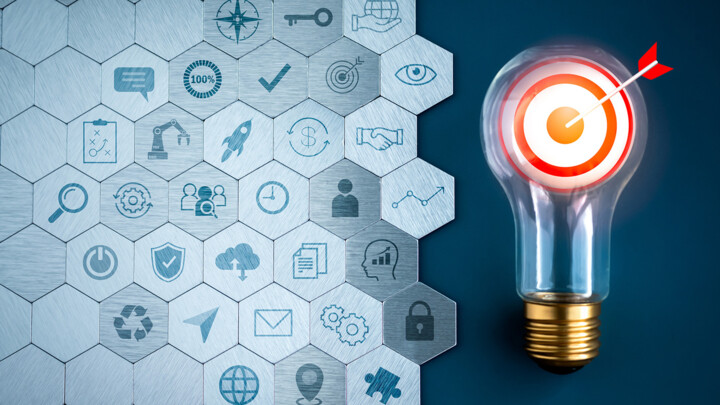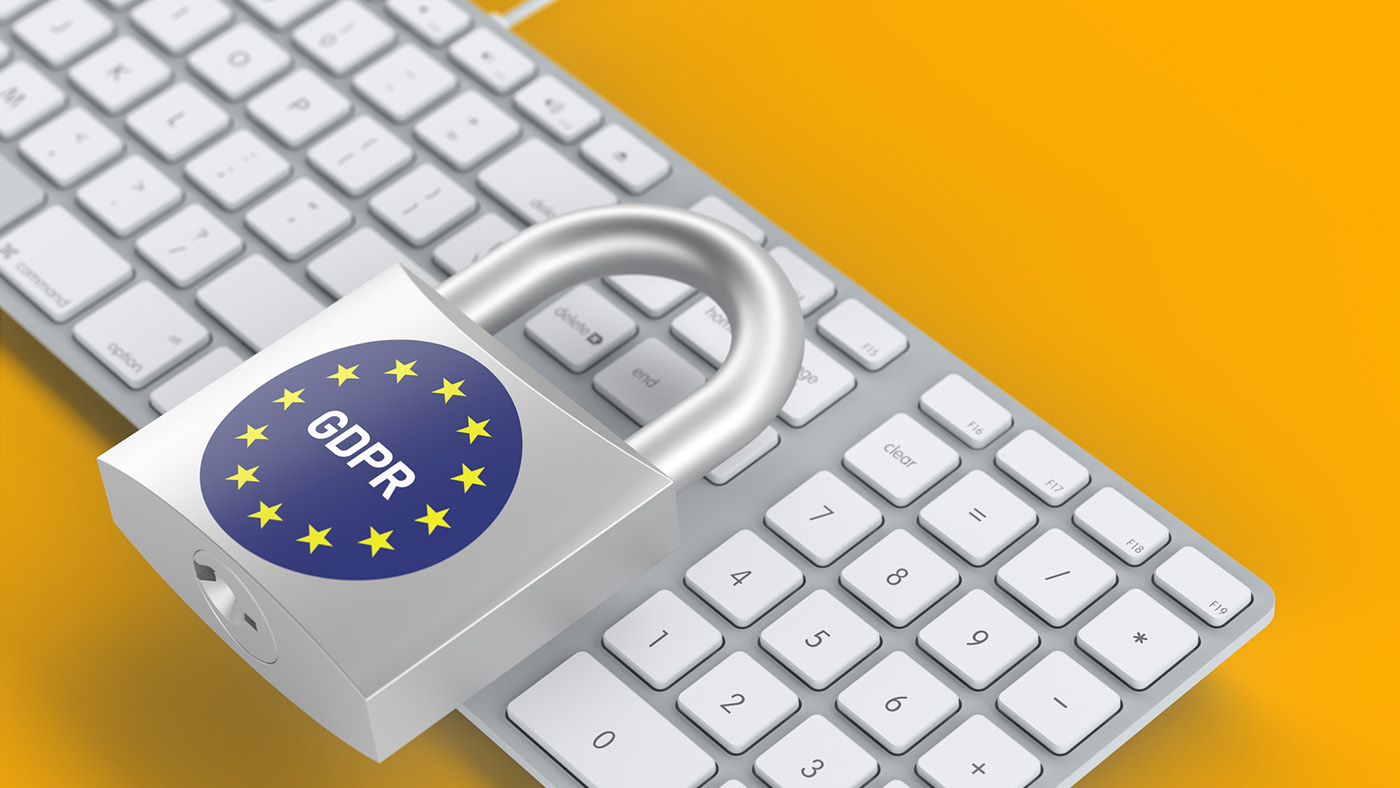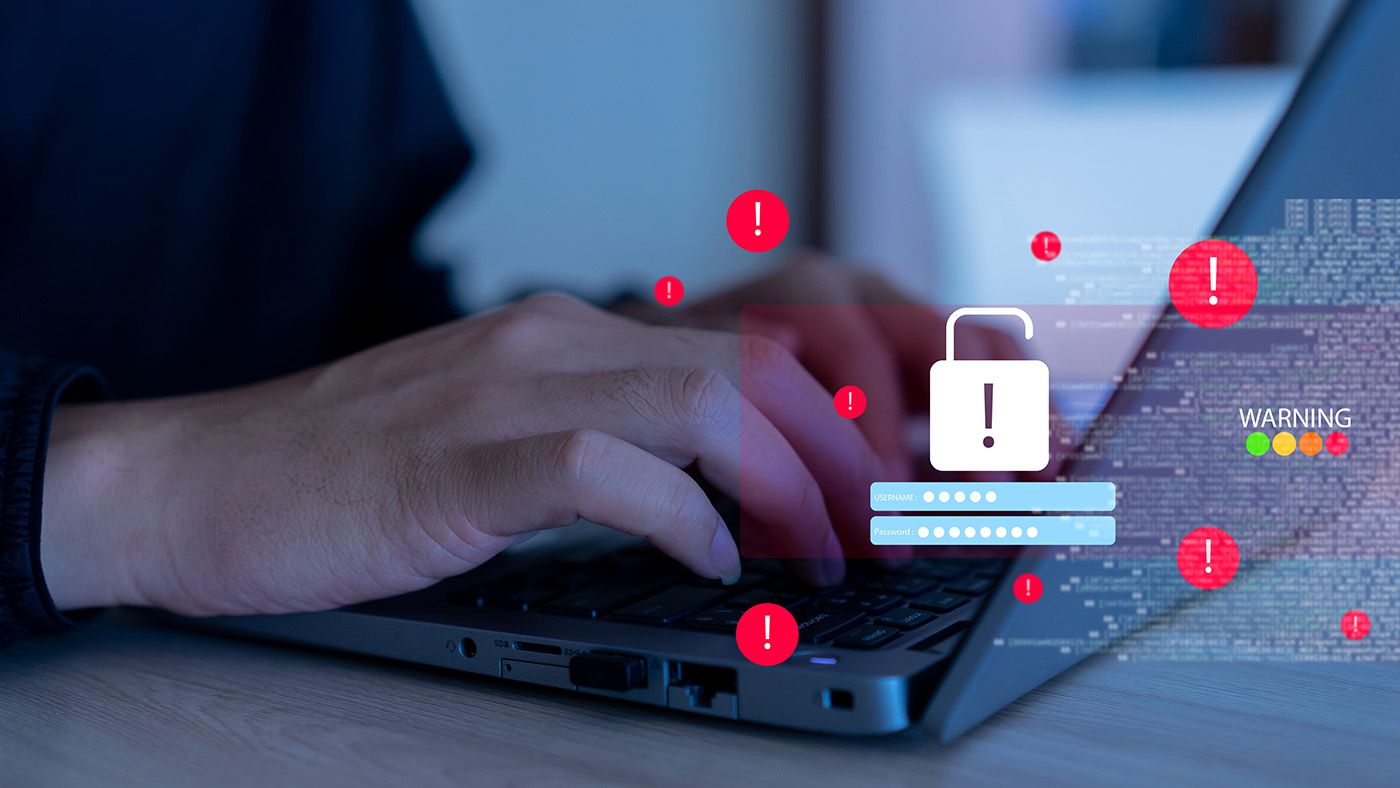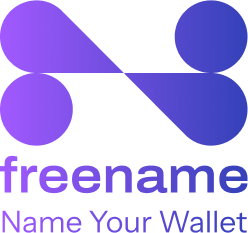Domain & Emails: Strengthening Your Digital Presence
Gherardo Varani, Head of Business Development at Freename, discusses the essential role of domain and email security in fostering business growth. With the increasing frequency of cyberattacks, businesses must adopt innovative strategies that integrate traditional methods with decentralized technologies for comprehensive protection.

©Techa Tungateja | istockphoto.com
Maintaining a strong online presence isn’t just about engaging with users and promoting products and services. It also demands the security of your digital entities, including domains and emails. You need to ensure these digital properties remain safe from potential cyber threats, such as malware attacks, phishing, ransomware, and others.
Cyberattacks continue to evolve, causing more damage than ever. According to Javelin Strategy & Research, identity fraud losses caused damages worth $23 billion in 2023. IBM reported that the average cost of data breaches worldwide increased by 10%, reaching up to $4.8 million. And if defense mechanisms don’t improve, the global cybercrime damage could reach $10.5 trillion by 2025.
Therefore, businesses need to evolve their approach to protecting their valuable domains and emails. In this article, we will explore different strategies to enhance domain and email security and learn the advantages of Web3 domains and blockchain-powered email systems.
Why domain security is important
A web domain (URL) is the virtual address of your digital identity. It’s a valuable asset for multiple reasons, including the following:
- You need a domain to manage your products and services in a single digital platform
- It helps you with branding.
- It can impact your levels of trust and security.
A compromised domain can lead to phishing attacks, data breaches, and reputational damage. Whereas a domain with robust security features entails the following factors:
Choice of domain registrar
The primary reason why domains are compromised deals with the expertise of the domain registrar. Their experience, knowledge, and expertise vary in terms of ensuring maximum security.
Businesses can make an informed decision by going with a registrar that offers:
Two-Factor Authentication (2FA)
The lowest level of security that can reduce instances of unauthorized access.
Domain Lock
This feature prevents unauthorized changes or transfers. It is also called “Client Transfer Prohibited”, “Registrar Lock,” or other similar terms.
DNSSEC (Domain Name System Security Extensions)
This feature uses cryptographic extensions to ensure that DNS records come from an authoritative domain name server (DNS).
Alternatively, businesses can collaborate with a reliable Web3 domain provider like Freename to take domain security to an entirely new level.
Enable WHOIS privacy protection
A newly bought domain is registered in a database. This allows interested parties to get the domain owner’s basic details . WHOIS is the protocol that stores this data. It collects information about new registrations and updates in the existing domains’ DNS.
By enabling WHOIS privacy, you can protect your domain from malware attacks, spam messages, and other types of cyber threats. It protects your personal details and business information by replacing them with a generic contact that often leads to the domain registrar.
This way, your personal details remain hidden from cybercriminals.
Domain monitoring and renewal
Most businesses don’t know their domains’ expiration dates and end up compromising their domains. Expired domains are easy targets for hackers:
- They can use your (expired) domain name to mislead your customers/audience, causing damage to your online reputation.
- They may also store malicious programs to access personal details stored on your database.
It is important to keep checking your domain expiration dates to ensure timely renewals. A better solution is to set up auto-renewal.
Implement SSL/TLS Certificates
An SSL (Secure Socket Layer) is a digital certificate installed on a web server. Also known as TLS (Transport Layer Security) certificate, it authenticates a website’s identity, followed by establishing an encrypted connection between your domain and the user’s browser.
Securing email communication
Malicious attacks through email messages account for 1.2% of total daily emails. In total, 3.2 billion phishing messages are sent to businesses and individuals daily.
Email remains the primary target for cyberattacks. Other than phishing, cybercriminals use spoofing and malware distribution to infiltrate consumer emails.
It’s high time businesses, especially programmers, developers, researchers, and those belonging to top-secret labs, think about how to strengthen their email security. Here are some proven methods:
Use strong authentication methods
Standard usernames and passwords are no longer sufficient to secure email accounts. Enforce stronger authentication measures such as:
Multi-Factor Authentication (MFA)
It enables companies to validate user identity before giving permission to access their system. With MFA in place, users accessing a website need to verify their identity using personal devices, such as smartphones or tokens.
Secure IMAP/POP3 connections
IMAP and POP3 are email protocols that allow access to the servers concerned. These can also be layered with SSL/TLS encryption for added security.
Maximize email security with other protocols
Going beyond MFA and SSL/TLS certification, there are protocols that help keep spoofing and phishing attacks at bay. These include:
- Sender Policy Framework (SPF): This protocol lets you choose specific authorized mail servers for your domain.
- DomainKeys Identified Mail (DKIM): This security protocol adds a cryptographic signature to your email, ensuring integrity.
- Domain-based Message Authentication, Reporting, and Conformance (DMARC): It’s an added layer on SPF and DKIM protocols. It provides greater control over email authentication policies.
Choose services that offer end-to-end encryption
The problem with traditional email providers is that their standard packages don’t include full encryption. Users may need to pay extra to enable it.
On the other hand, there are secure alternatives that offer end-to-end encryption, ensuring only recipients can read your messages. These options include:
- Tutanota
- ProtonMail
- PGP (Pretty Good Privacy), etc.
Consider a Web3 email system
Projects like Ethermail, Mailchain and Ledgermail are great alternatives to traditional providers, ensuring uncompromised privacy and security.
Ethermail: This Web3 email provider allows users to operate their Web3 and Web2 emails through a single platform without compromising security. Ethermail supports both Web2 and decentralized emails and prioritizes users’ anonymity throughout the communication.
Mailchain: It’s the leading email and messaging standard for Web3, serving as an open-source protocol and a web-based application. Your Mailchain address can be integrated with your Web3 project, allowing you to communicate with other users in a native Web3 way.
Ledgermail: Another excellent Web3 email platform, Ledgermail, lets you communicate with other users using your personal domain name. If you own a Web3 domain, you can use it as your email address as well.
These email systems can be linked with your Web3 domains to give you added protection.
Use a Web3 domain for email communication
Web3 domains offer many benefits , including enabling peer-to-peer communication, ensuring robust data security and anonymity. Users can utilize Web3 domains instead of their wallet address to send instant messages to other users.
For example, if you’re a Mailchain user, you can use your Freename domain name to send or receive messages instantly. Web3 domains can be integrated into your digital wallet and serve as your digital identity.
This way, a decentralized domain not only makes it easier for others to recognize you (with user-friendly letters) but also protects your wallet address, optimizing privacy.
The Rise of Web3 domains and decentralized email
The inclusion of Web3 technologies paved the way for traditional domains and email systems to establish impenetrable firewalls. The decentralized approach prevents intermediaries and centralized servers from accessing users’ personal information, let alone sharing it with web scrapers.
What are Web3 domains?
Unlike traditional domains managed by central authorities (ICANN, registrars), Web3 domains are built on blockchain technology. Benefits include:
- Censorship resistance: Ownership is verifiable on the blockchain, preventing domain seizures.
- Enhanced security: No centralized servers mean reduced vulnerability to attacks.
- Simplified payments: Web3 domains can act as cryptocurrency wallets, allowing users to send and receive funds directly.
Decentralized email: A new frontier
A Web3 email service prioritizes privacy and security. Web3 domains and decentralized email platforms feature blockchain technology and offer peer-to-peer networking. This helps eliminate reliance on central servers, prevent mass surveillance and unauthorized access, and offers encrypted and self-sovereign email solutions.
A Web3 email is end-to-end encrypted by default and is directed to the receiver. As there is no central server to decode the message, Web3 emails offer much faster transaction rates than traditional ones.
Using Web3 domains as email
You can connect your Web3 domain to a Web3 email service in simple steps. Below, we’ll see how to use a Freename domain with Ethermail or Mailchain.
- Step 1: Go to your Freename account and choose the Web3 domain from your profile that you wish to use as your email address.
- Step 2: Click on “Reverse Resolution”. This means you will be using your Freename domain as your wallet address.
- Step 3: Click on “Sign the transaction”, choose your wallet, and click “Confirm”
- Step 4: Once the domain is connected to the wallet, you can compose your message on your email account (Ethermail or Mailchain) and start communicating in a decentralized environment.
Be part of the solution
The responsibility of maintaining a secure digital ecosystem extends to individuals, businesses, and developers. Here’s how you can contribute:
Adopt secure practices: Applying the security measures discussed above can protect your own domain and email, setting an example for others to follow.
Educate others: Sharing knowledge about domain and email security helps build awareness and prevents cyberattacks. Encourage best practices within your organization or community.
Support Web3 initiatives: As Web3 technologies continue to develop, engaging with blockchain-based domains and decentralized email services can drive adoption and innovation in the space.
Advocate for stronger policies: Encourage governments and technology providers to implement stricter security policies for domain registration and email authentication, fostering a safer Internet for all.
Final thoughts
Domains and emails are cornerstones for digital communication; hence, they demand robust security. With traditional security approaches falling prey to hackers, businesses must look for hybrid solutions to keep their domains and email safe.
Organizations should think about coupling existing security measures with innovative Web3 technologies to gain better control over virtual assets. They need to follow the best practices and support decentralized solutions, ensuring a highly secure online landscape.
By partnering with reliable platforms like Freename, businesses and individuals with traditional domains and email systems can operate in a decentralized environment. Freename offers domain mirroring to help traditional domain owners experience a Web3-like experience.
Not only that, but Freename also offers Web3 domains, enabling businesses and individuals to interact with peers and communities without the fear of security threats.
Gherardo Varani is Head of Business Development at Freename, the leading multi-chain platform for Web3 domains and branded TLDs. He focuses on helping users, brands, and platforms enhance their digital identity through domains, email integration, and decentralized naming. With experience across blockchain, growth, and product strategy, Gherardo works at the intersection of digital presence and Web3 adoption.
Please note: The opinions expressed in Industry Insights published by dotmagazine are the author’s or interview partner’s own and do not necessarily reflect the view of the publisher, eco – Association of the Internet Industry.





